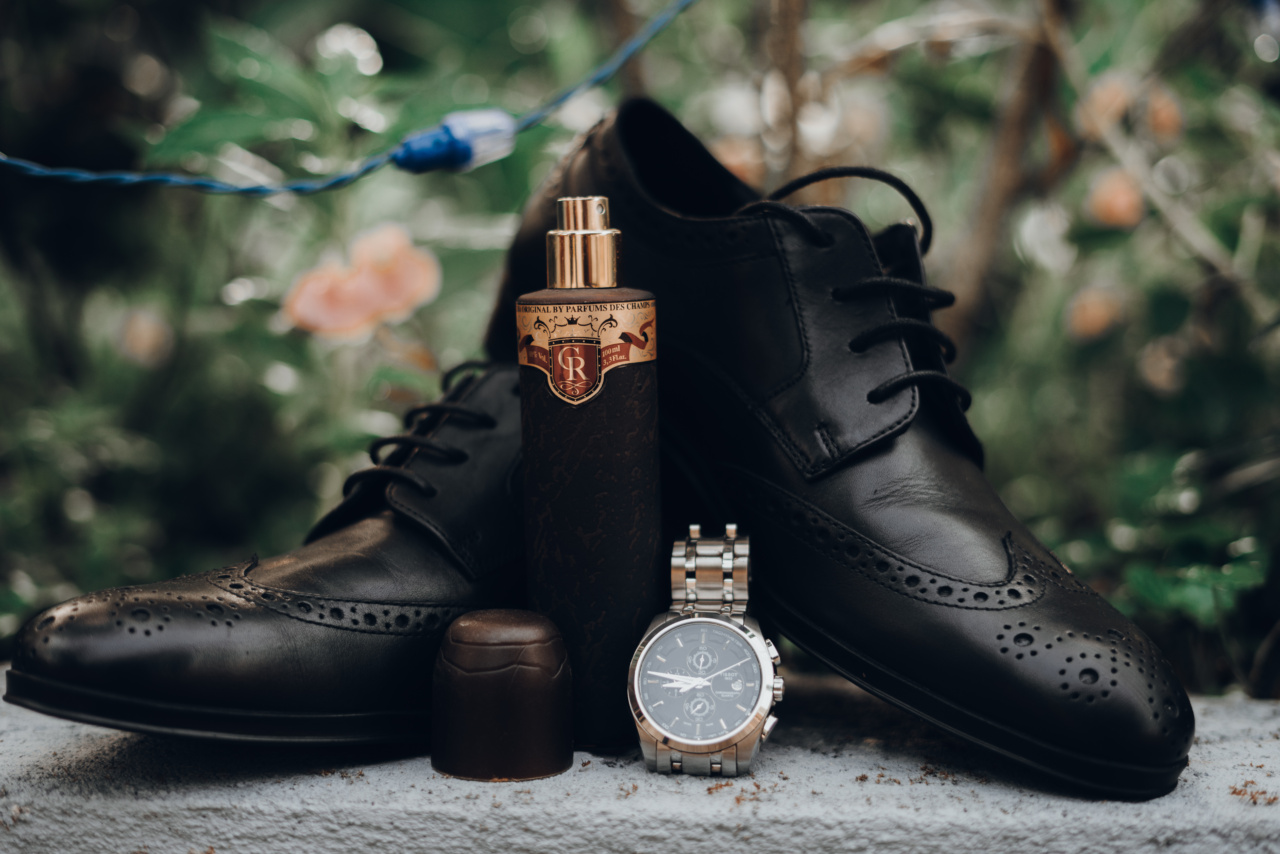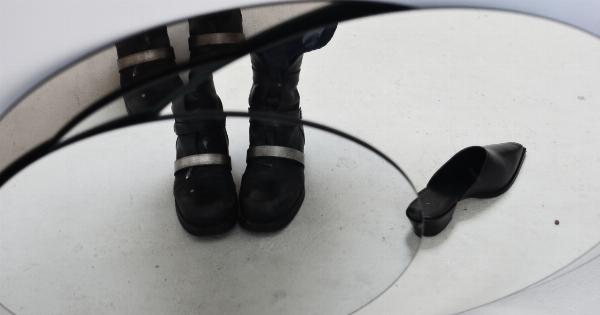Footwear is an essential part of our daily lives, providing protection and support for our feet while we go about our activities. However, not all footwear is created equal, and some types of footwear can actually increase the likelihood of accidents.
This article explores the various types of footwear that can pose risks and why they may contribute to accidents.
The Importance of Proper Footwear
Before delving into the types of footwear that can increase the likelihood of accidents, it is crucial to understand why proper footwear is essential.
Proper footwear provides stability, balance, and protection, helping to prevent slips, trips, and falls. When we wear appropriately designed footwear, we can maintain proper foot alignment and reduce the risk of foot-related injuries. A comfortable and supportive pair of shoes can also enhance our performance in various activities.
Types of Footwear That Can Cause Accidents
1. High Heels: High heels are beloved by many for their fashionable appeal, but they can significantly increase the likelihood of accidents.
The elevated heel alters the natural alignment of the foot, leading to instability and an increased risk of falls.
2. Flip-Flops: While flip-flops are popular during summer months, they offer minimal support and protection. The lack of heel support and the loose fit can cause tripping, especially on uneven surfaces.
3. Worn-out Shoes: Shoes that are worn out and no longer provide adequate support can be hazardous.
They may have uneven soles, worn-out treads, or deteriorated cushioning, making it more likely for you to trip, slip, or injure your feet.
4. Ill-Fitting Shoes: Shoes that are too tight, too loose, or have an improper fit can impair your balance and increase the risk of injury. They may cause blisters, calluses, and even contribute to toe deformities like bunions.
5. Slick-Soled Shoes: Shoes with smooth, slick soles can be treacherous, especially on wet or slippery surfaces. The lack of traction can lead to slips, falls, and various injuries.
6. High-Tops with Poor Ankle Support: Certain high-top shoes may appear to offer ankle support, but their design might not effectively stabilize the ankle joint.
This can increase the risk of ankle sprains and other ankle-related injuries.
7. Elevated Platform Shoes: Elevated platform shoes, although stylish, can throw off your balance and stability. The heightened sole alters your center of gravity, potentially leading to trips, stumbles, or even ankle fractures.
8. Slippers and Loose-Fitting Shoes: Comfortable as they may be at home, slippers and loose-fitting shoes can cause accidents due to their lack of secure fit and stability.
They can easily slide off your feet or get caught on objects, causing trips or falls.
9. Steel-Toed Boots: While steel-toed boots are often considered protective footwear in certain industries, they can actually contribute to accidents if not used correctly.
The added weight and bulkiness can impact balance and agility, potentially causing trips or falls.
10. Stilettos: Similar to high heels, stilettos are known for their slender heel design, which makes them highly unstable. The heel can easily get caught in cracks or gaps, leading to falls and twisted ankles.
Why These Footwear Types Contribute to Accidents
These footwear types increase the likelihood of accidents due to several reasons:.
1. Altered Foot Support and Alignment: Many shoes on this list alter the foot’s natural alignment, throwing off the user’s balance and stability. This misalignment can lead to slips, trips, and falls.
2. Lack of Traction: Slippery or slick soles offer little to no traction, making it easier for the wearer to lose their footing on various surfaces.
The traction provided by shoes is crucial for maintaining stability and preventing accidents.
3. Inadequate Cushioning or Support: Shoes with worn-out cushioning or insufficient support fail to absorb shock effectively. This can lead to increased pressure on joints, fatigue, and a higher chance of stumbling or falling.
4. Improper Fit: Shoes that do not fit properly can cause discomfort, blisters, and reduce stability. Ill-fitting shoes impair balance and increase the likelihood of trips or falls.
5. Lack of Ankle Support: Some footwear types, such as high-tops with inadequate ankle support, fail to stabilize the ankle joint, making it susceptible to sprains and injuries.
Conclusion
Choosing the right footwear is crucial for maintaining stability, balance, and preventing accidents.
The types of footwear mentioned in this article can increase the likelihood of accidents due to the alterations they cause in foot support, lack of traction, inadequate cushioning, improper fit, and insufficient ankle support. By understanding the potential risks associated with these types of footwear, individuals can make informed choices to protect themselves from accidents and promote foot health.






























